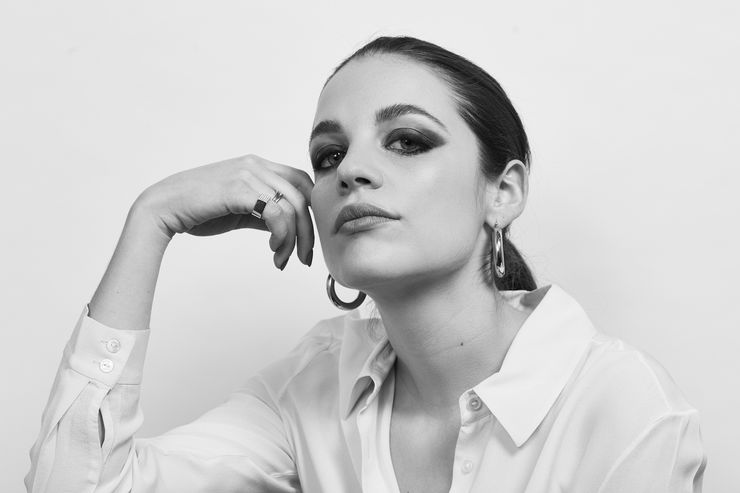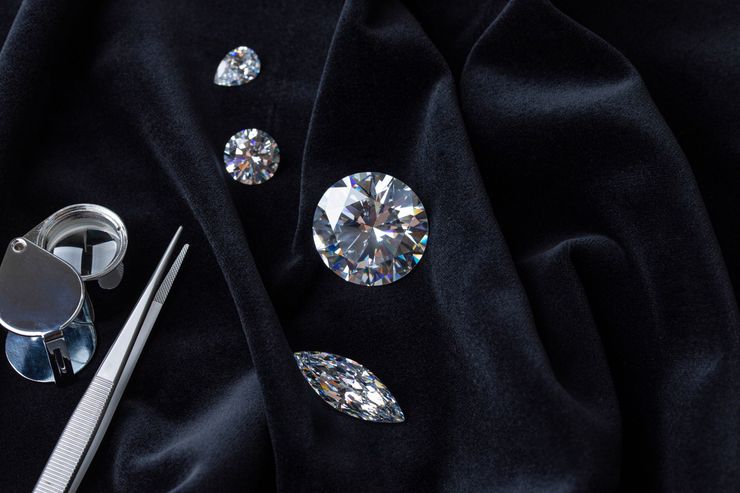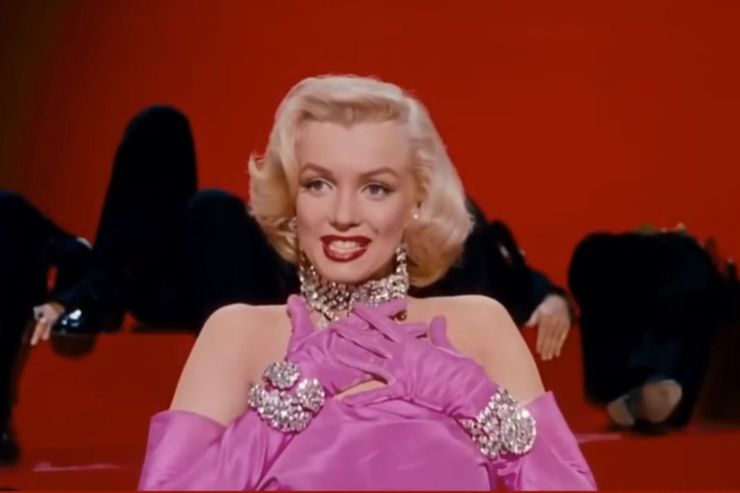Jewellery stylist and founder of In Detail Beanie Major has spent the past decade diving into jewellery boxes and pouring through personal collections to help women celebrate the distinctive role that jewellery plays in our identity and self-expression.
Renowned for her discerning eye and intimate knowledge of the jewellery industry, Beanie has wisdom to spare when it comes to finding exactly what it is you’re looking for. We speak to her about trends and tastes, and how to let your true self shine through your jewellery.
Who was your greatest influence in shaping your taste in jewellery? Do you remember when and how your passion was kindled?
Like a lot of the women that we interview, playing with my mother’s jewellery is one of my earliest memories. The women in my family on my mother’s side all love and wear jewellery – so I have definitely inherited my passion from them.
My taste in jewellery is a reflection of my taste in general. I like minimal, simple, timeless pieces. Good craftsmanship and design are always important.
You can wear only one piece of jewellery for the rest of your life, what piece do you choose and why?
Can it be one type of jewellery? Hoop earrings. I love that they’re the oldest form of adornment. I was talking about hoops with my Granny and we agreed that every woman should have a pair. But, in fact, I think every woman should have ten pairs – they’re a wardrobe classic.




